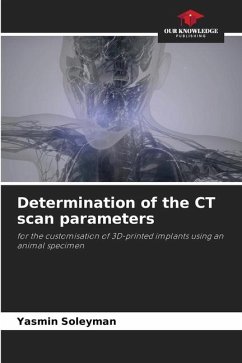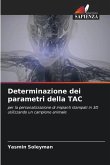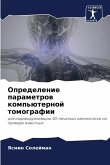The work focuses on determining suitable CT scan parameters for fitting 3D-printed implants using an animal specimen, specifically for the scapula. By investigating different CT scan protocols with different reconstruction parameters, the aim is to find settings that provide sufficient resolution and dose for implant planning. In this regard, the practical part involves performing CT scans of the animal specimen with different parameters, which are then used to create 3D models and finally to produce 3D-printed implants. It is also pointed out that this approach takes into account in vitro factors but does not fully incorporate potential in vivo factors. The results emphasize the importance of reconstructions with the thinnest slice thickness from all scans for effective implant planning.
Bitte wählen Sie Ihr Anliegen aus.
Rechnungen
Retourenschein anfordern
Bestellstatus
Storno









